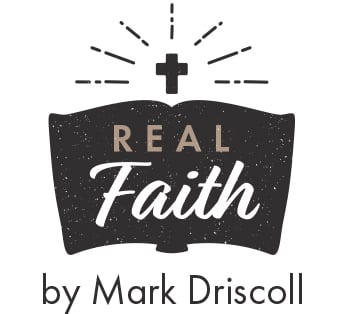…without the shedding of blood there is no forgiveness of sins.– Hebrews 9:22
One scholar says that blood is mentioned some 362 times in the Old Testament and some ninety-two times in the New Testament and even more often than the cross or death of Jesus; thus, it is the most common means by which the Scriptures refer to the death of Jesus.
Throughout Scripture, blood is inextricably connected with sin for two primary reasons. First, shed blood reminds us that sin results in death. Second, God is sickened by sin, which causes death, a connection first made in Genesis 2:17 and repeated throughout the Bible. So when God sees blood, it points to the sickening reality of sin and death. Leviticus 17:11 says it this way: “For the life of the flesh is in the blood, and I have given it for you on the altar to make atonement for your souls, for it is the blood that makes atonement by the life.” Blood is sacred, epitomizing the life of the sacrificial victim given as substitute for the sinner’s death. Practically every sacrifice included the sprinkling or smearing of blood on an altar, thus teaching that atonement involves the substitution of life for life.
The Old Testament often used the theme of blood to prepare people for the coming of Jesus to die for our sins. In fact, it was God who shed the first blood in human history in response to sin. In Genesis 3 when our first parents, Adam and Eve, committed the original human sin, it was God who slaughtered an animal to make clothes to cover their nakedness. From then on blood sacrifices were the standard way to worship God.1
One of the bloodiest books of the Bible is Exodus. The people were given two choices. (1) They could repent of sin and place their faith in God, demonstrated by slaughtering an animal and covering the doorposts of their home in blood. If this was done, then God promised to pass over (hence the related feast of Passover) their house and not kill the firstborn son in the home but rather accept the substitution of the life of the sacrificial animal. (2) They could fail to repent of their sin and not place their faith in God and see death come to their home. On that night in Egypt, much blood was shed and death came to every home as either the blood of a substitute animal was shed for the sinners, or the firstborn son in each home was put to death by God.
One of the major functions of the Old Testament temple was the slaughtering of animals, as seen by the stream of blood that often flowed out of the temple. Blood is in fact a major aspect of Old Testament religion. There were some eleven different sacrifices that fit into one of four groupings (burnt, peace, sin, or guilt) and sacrifices were made both in the morning and evening, all of which involved blood.
Despite all of this bloodshed, the Old Testament sacrificial system was never meant to be something sufficient in itself. When Israel misunderstood the purpose of the sacrifices, putting their faith in the sacrifices themselves, there were major problems. The first problem was that the bloodshed of a substituted animal did not forgive human sin.2 The second problem was that it enabled hypocrisy; people could undergo external rituals such as offering a sacrifice without having truly repented of sin and trusted in God internally.3 The third problem was that it was only preparatory, prophesying the death of God’s promised Messiah, and therefore incomplete until the coming of Jesus, who made the better new covenant possible.4
This theme of blood, like every theme of Scripture, finds its fulfillment in the coming of Jesus Christ into human history. Early in Jesus’ life, his cousin John saw Jesus coming and declared, “Behold, the Lamb of God, who takes away the sin of the world!”5 This, of course, would be accomplished when Jesus was slaughtered on the cross where his blood flowed freely.
The results of Jesus’ shed blood are staggering. Hebrews 9:22 says, “Indeed, under the law almost everything is purified with blood, and without the shedding of blood there is no forgiveness of sins.” Also 1 Peter 1:18–19 says, “You were ransomed from the futile ways inherited from your forefathers, not with perishable things such as silver or gold, but with the precious blood of Christ, like that of a lamb without blemish or spot.”
In the Bible the word covenant appears more than three hundred times and is therefore essential to our rightly understanding how God relates to us. Both the Old and New Testaments speak of the new covenant.6 The Bible tells us that a new epoch in human history has arrived with the coming of God into human history as the man Jesus Christ. In the new covenant, all of the prophecies, promises, foreshadowing, and longing of the old covenant are fulfilled. In the new covenant it is Jesus Christ who serves as our covenant head.7 Jesus went to the cross to shed his blood in our place for our sins so that we can have a new covenant relationship with him.
Today, in the new covenant, we no longer need a priest because we have Jesus, who is our Great High Priest.8 We no longer need to offer blood sacrifices because Jesus is our sacrifice for sin.9 We no longer need to visit the temple to be near to God because Jesus is our temple.10 We no longer need to celebrate the Passover because Jesus is our passover.11 Finally, we no longer need to live in habitual sin because through Jesus we have been made holy and have been given new life.12
How would you have felt seeing the blood of a sacrificial animal flow because of your sin?
